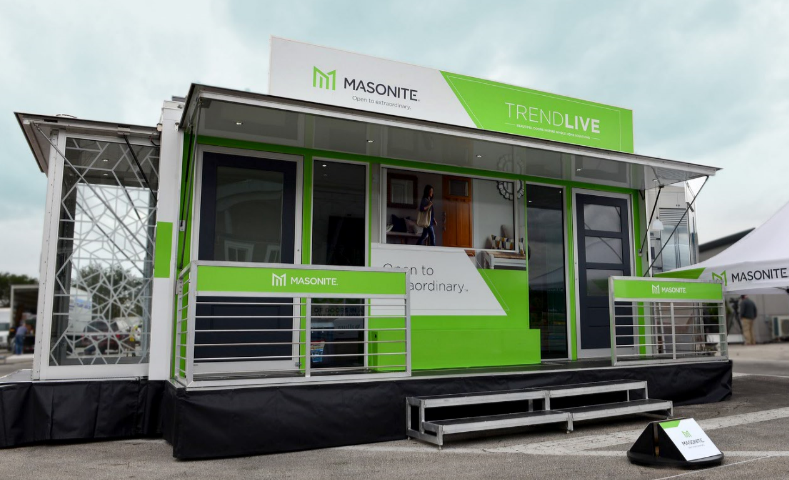Not long ago, we wrote about iconic fashion brand Gucci and their Gucci Garden Galleria. Since then, it seems like the whole building products industry has gone showroom mad!
To recap, we came down largely in favor of Gucci’s approach. They’re a brand with the gravitas to make their retail locations a true destination. Who wouldn’t want to live the good life and immerse themselves in Gucci luxury in Florence? That sounds hard to beat.
In our industry, companies like Kohler, Delta and Toto have long embraced showroom marketing… offering immersive, inspiring experiences to shoppers.
Is it going too far? Are brands creating showrooms and experiences that shouldn’t be? It seems like the whole building products industry has caught the showroom bug.
Now, to be clear, we’re not under the impression that showrooms have suddenly sprung up in the few months since our Gucci article.
Yet, a recent article in ProSales has chronicled the rise building products showrooms, highlighting brands doubling down on the experiential marketing trend. These user-experience destinations are going beyond simply displaying products to let people touch and feel them.
They’re endeavoring to inspire and educate consumers about the products they choose for their homes.
For the kitchen & bath, flooring, and several other building product categories, showrooms are critical. People have an emotional attachment to these areas, and they’re willing to invest a great deal of their time and energy into choosing the products they will love.
Simply put, when it comes to certain products, audiences want to be swept off their feet. But is every home product category like that?
Well, no. But that doesn’t mean those products shouldn’t also take the experiential showroom approach.
Brands like Huber Engineered Woods offer showroom experiences. At first glance, it might seem superfluous for these decidedly “non-decorative” products to have their own showrooms. These are products many homeowners take for granted. In the case of Huber, homeowners may never even lay eyes on their products.
But that doesn’t mean they don’t want to know about them.
Today’s consumer has an insatiable thirst for knowledge. They want to know how the products in their homes work, even if they’re hidden in the walls or beneath the floors.
And that’s where brands of more “technical” products can focus their efforts. By offering showroom experiences that give people the information they need to be more well-informed consumers, these brands can demonstrate their expertise and authority. And if consumers see a brand as an authority, they’re more inclined to trust that brand with their homes.
But here’s the real challenge: translating the immersive, educational experience of a showroom to a wider audience who may never leave their desktop.
Let’s face it. Even for the ultra-sexy brands like Toto’s or Kohler’s, the vast majority of those companies’ customers may never visit those showrooms. That goes double for the Hubers of the world.
At best, consumers will visit a large retailer, or perhaps a dealer… and see the products there. Or perhaps they’ll buy the products online. Or even defer to their contractor altogether.
They still need to know and trust the brands they’re choosing. They need to see how the products work — and how the decisions they make will affect their enjoyment of their homes — even if they never touch the product.
If companies can offer a reasonable facsimile of their showroom experience through their digital channels and other user-experiences, they’ll maintain a unique opportunity to win over the consumer.




